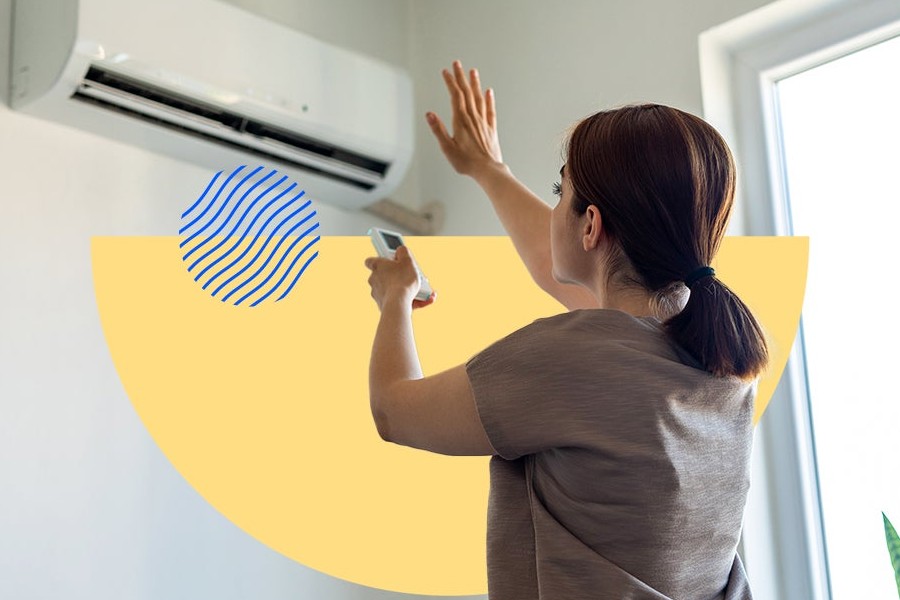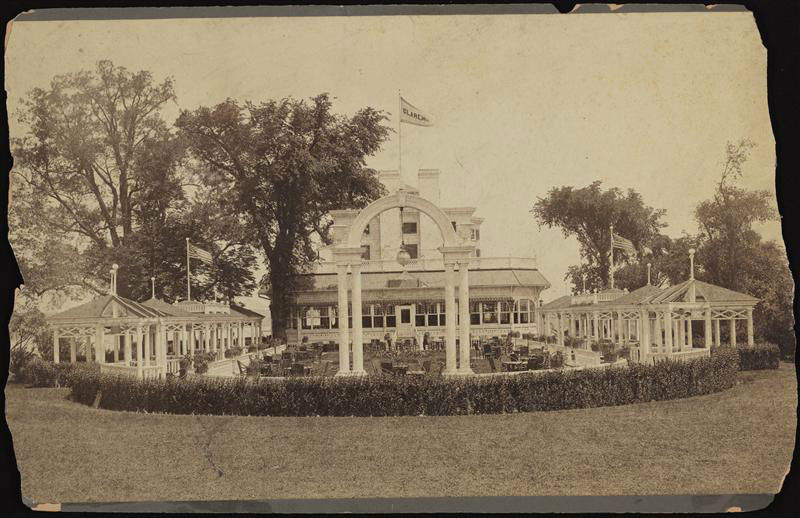
Summer’s here, and that means cranking up the AC to stay cool. But with those refreshing blasts of cold air can come skyrocketing energy bills.
The good news is, you don’t have to choose between comfort and cost savings.
There are simple, practical steps you can take to boost your air conditioner’s efficiency without sacrificing those cool vibes.
From regular upkeep to smart thermostat settings, this guide will show you how to get the most out of your AC while keeping your energy bills in check.
Let’s get into it!
10 Best Tips to Maximize Air Conditioner’s Efficiency
Here are some tips you can follow.
Maintain Your AC System Regularly
Think of your AC as a car — it needs regular tune-ups to keep running smoothly. The same goes for your air conditioner. By taking good care of it, you’ll not only keep it running at its best, but you’ll also save money and avoid those dreaded mid-summer breakdowns.
Just like you’d take your car to a mechanic for a tune-up, your AC needs a professional once-over every year. An experienced technician can spot small issues before they become big, expensive problems.
They’ll check for leaks, clean the coils, test the electrical components, and make sure everything’s working like it should.
Optimize Thermostat Settings
Your thermostat is like the control center for your AC. It’s easy to crank it down to the lowest setting when the heat gets intense, but that’s not the most efficient way to cool your home.
Instead, try setting your thermostat to 78 degrees Fahrenheit when you’re at home. This is a comfortable temperature for most people and can significantly reduce your energy usage.
If you’re heading out for the day or sleeping, bump the thermostat up a few degrees. There’s no need to cool an empty house. If you’re worried about coming home to a stuffy house, consider a programmable thermostat that will automatically adjust the temperature before you return.
Seal and Insulate Your Home
Your home’s walls, windows, and doors are like a shield against the outside heat. But if they’re not properly sealed and insulated, that shield can become weak, letting in unwanted warmth. This means your AC has to work harder to cool your home, using more energy and driving up your bills.
Start by checking for any gaps or cracks around your windows and doors. You can feel for drafts by holding your hand near these areas. If you feel cool air escaping in winter or warm air entering in summer, it’s time to seal those leaks. You can use weatherstripping or caulk to seal gaps, depending on the size of the opening.
Next, check the insulation in your attic and walls. If it’s old, thin, or damaged, consider adding more. Proper insulation acts as a barrier, keeping the heat out in summer and the warmth in during winter. This means your AC won’t have to work as hard to maintain a comfortable temperature.
Use Ceiling Fans Strategically
Ceiling fans is a great way to boost your AC’s efficiency without breaking the bank. They don’t actually lower the temperature, but they create a wind-chill effect that makes you feel cooler. This means you can often set your thermostat a few degrees higher and still feel comfortable, saving you energy and money.
In the summer, make sure your ceiling fan is spinning counterclockwise (when you look up at it). This pushes air down, creating that breezy, cooling sensation. In the winter, reverse the direction so it spins clockwise at a low speed. This helps circulate warm air that rises to the ceiling, making your home feel cozier without overworking your heating system.
Minimize Heat-Generating Activities
While your AC is working hard to cool things down, certain activities inside your home are working against it. This makes your AC work harder, using more energy and wearing it out faster.
One of the biggest culprits is cooking. Ovens and stovetops release a lot of heat, so try to cook outdoors when the weather permits. If you have to cook inside, use the microwave or crock pot whenever possible, as they generate less heat than the stove or oven.
Shade Your Home
Sunlight streaming through your windows might seem cheerful, but it’s also a major source of heat gain in your home. The more direct sunlight that hits your house, the harder your AC has to work to keep it cool. That’s why providing shade is a simple yet effective way to lighten the load on your AC and reduce your energy bills.
Planting trees around your home is a natural and aesthetically pleasing way to create shade. Deciduous trees are a great choice, as they provide shade in the summer when you need it most, while shedding their leaves in the winter to allow sunlight to warm your home.
- Rudy’s World: Notre-Dame de Paris, The Augmented, An Exhibit In Harlem
- Mayor Adams Toasts Two Record Years: Empowering Women And Minority Entrepreneurs!
- Finding The Perfect Fit: A Guide To Flattering Jeans For Every Body Type
- Sponsored Love: Unlock The Internet With IP2World Proxy, Exceptional Value With Tailored Proxy Plans
- Effortless Restaurant Inventory Management: Tips And Tools
Close Curtains and Blinds
Sunlight pouring through your windows can quickly turn your home into a sauna, especially during peak daylight hours. Those rays bring heat with them, making your AC work overtime to compensate. The solution? Simply close your curtains and blinds.
While it might seem like a small step, blocking out direct sunlight can significantly reduce the amount of heat entering your home. This is especially important for rooms that face south or west, where the afternoon sun is strongest.
Consider investing in blackout curtains for maximum heat blockage. If you prefer natural light, opt for light-colored curtains or blinds that still allow some light to filter through while reducing heat gain.
Upgrade to a High-Efficiency AC Unit
If your air conditioner is getting up there in age or just isn’t cutting it anymore, it might be time to consider an upgrade. Newer models are designed with efficiency in mind, often boasting features like variable-speed compressors and advanced fan technology. They might seem like a bigger investment upfront, but they can save you a bundle on energy bills in the long run.
One key factor to consider when shopping for a new AC is the SEER rating. SEER stands for Seasonal Energy Efficiency Ratio, and it’s essentially a measure of how much cooling your AC provides per unit of electricity used. The higher the SEER rating, the more efficient the unit.
Use Zoning Systems
If you have a larger home or one with multiple levels, a zoning system might be a worthwhile investment for maximizing AC efficiency.
Instead of cooling your entire house to one temperature, zoning systems divide your home into separate zones, each with its own thermostat. This lets you customize the temperature in different areas based on how you use them.
Consider Alternative Cooling Methods
While air conditioning is a staple for staying cool in hot weather, it’s not the only option out there. Depending on your climate and living situation, there might be alternative cooling methods worth exploring. These alternatives can sometimes be more energy-efficient, environmentally friendly, or even just a fun way to beat the heat.
Conclusion
So, there you have it — 10 simple yet powerful ways to keep your AC running efficiently and your energy bills in check. Remember, it’s not just about cranking the thermostat down; it’s about working smarter, not harder.
By taking good care of your system, using your thermostat wisely, and making a few tweaks around your home, you can stay cool and comfortable all summer long without breaking the bank.
So give these tips a try, and enjoy a more efficient, eco-friendly, and wallet-friendly way to beat the heat.
Become a Harlem Insider!
By submitting this form, you are consenting to receive marketing emails from: . You can revoke your consent to receive emails at any time by using the SafeUnsubscribe® link, found at the bottom of every email. Emails are serviced by Constant Contact








